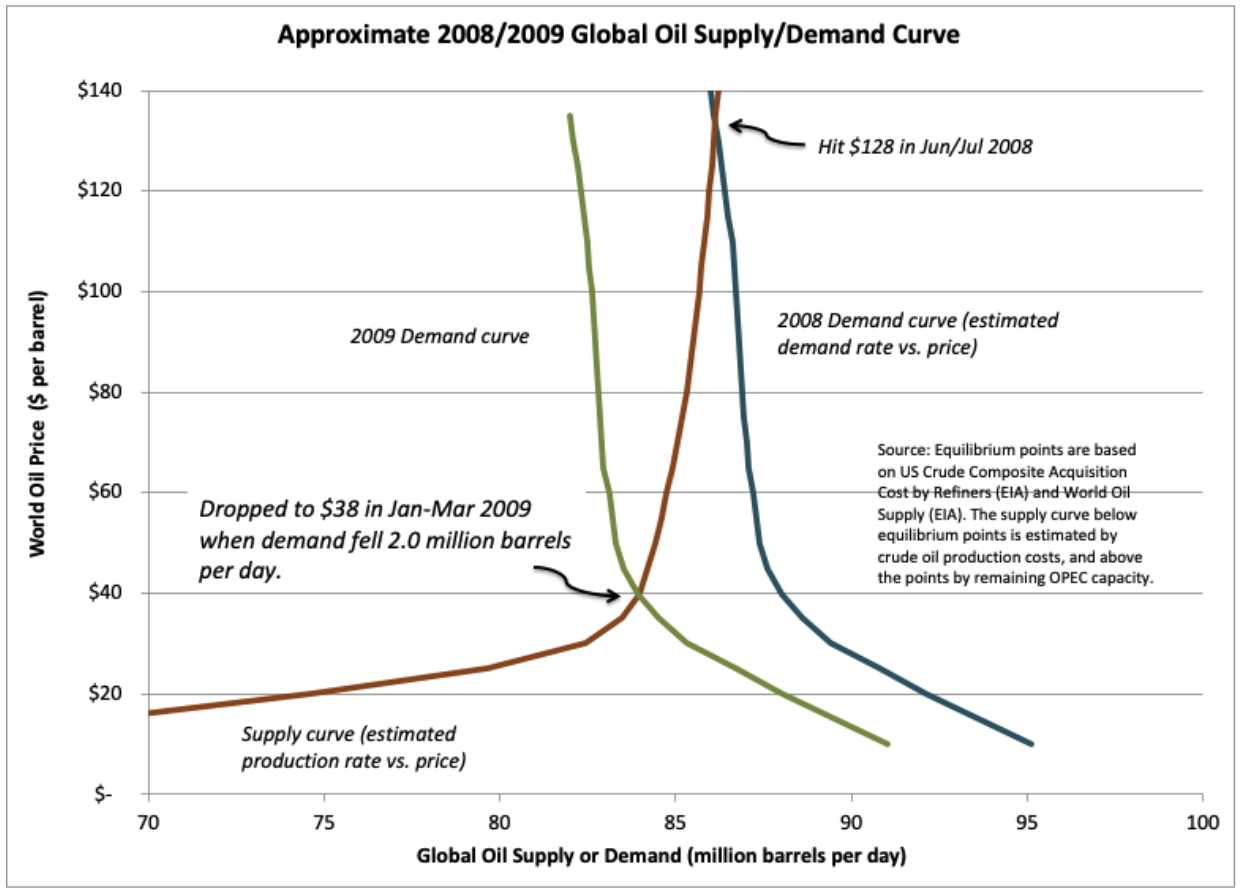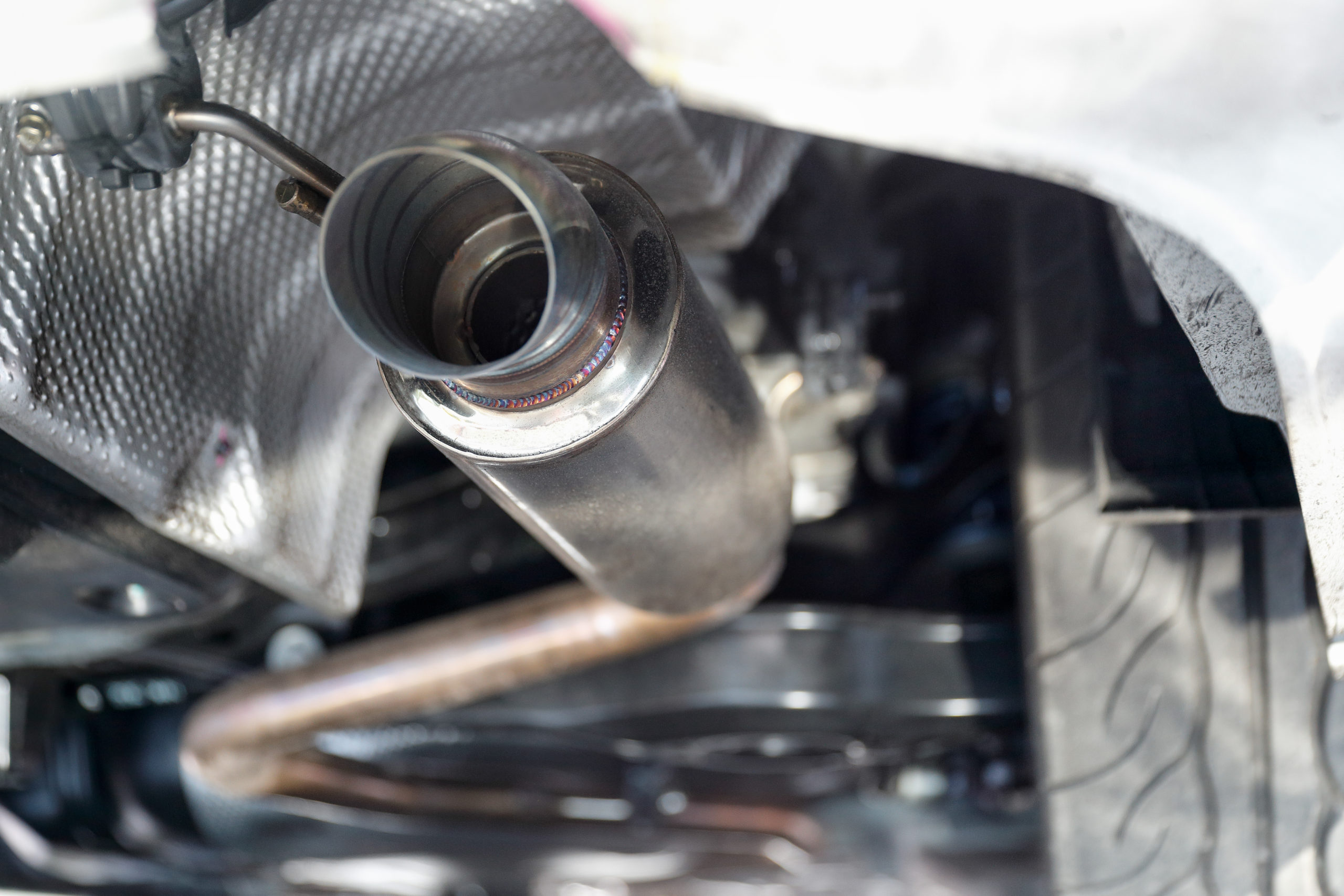The Great Recession, which began in 2007 and lasted through mid 2009, is another brief example of Rapid Substitution at work. Caused by a series of financial crises and bad loans, the recession caused many families in developed nations to tighten their wallets – which meant cutting costs everywhere, including gas. We can see in the charts below that world oil production dipped slightly during this period.
One of the features of the recession was a crisis in the automotive industry. Major automakers required and received massive bailouts from the federal government in an effort to save the industry from bankruptcy. One piece of this was the “cash for clunkers” program which offered subsidies for consumers to trade in old cars for new ones. This effort helped increase US fuel efficiency, which saw a sharp uptick in that time. Oil prices took a few years to recover to their pre-recession trajectory.



In 1978, the implementation of the Federal CAFE standards contributed to a sharp decline in oil demand that resulted in much lower oil prices for almost a decade.

In 2020, the COVID-19 Pandemic rapidly destroyed demand for oil – and caused oil prices to plummet.

The Rapid Substitution team has created an extensive analysis and outline of the Rapid Substitution strategy.
How to Accelerate the Energy Transition